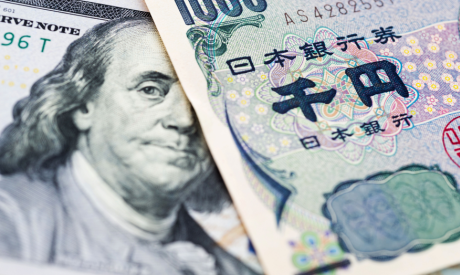Ahead Today
G3: Fed Chair Powell Testimony before Senate Banking Committee, NFIB Small Business Index
Asia: China Money Supply and New Yuan Loans
Market Highlights
The dollar strengthened and Asian currencies weakened, even as risk sentiment generally improved as markets reacted to a mix of different events. President Trump announced 25% tariffs on steel and aluminum imports, heightening global trade tensions. This comes on the back of a possible announcement of reciprocal tariffs this week, while Trump also singled out Europe for its imposition of VAT taxes as an example of unfair practices against US companies and exporters. Meanwhile, ECB President Christine Lagarde cited continued progress in inflation supporting lowering rates over time, but highlighted risks from global trade frictions and a challenging economic environment this year together with the importance of data dependency.
Looking ahead, markets will focus on Fed Chair Powell’s testimony before the Senate Banking Committee as investors gauge his tone on inflation and interest rates, and where he is unlikely to deviate from the current neutral tone collectively from the FOMC. Meanwhile, the US will release the NFIB Small Business Index, which could provide important clues on the path ahead including its sub-indices on the labour market and price plans

Regional FX
Asian currencies were mixed to weaker on the back of developments around tariffs. Within Asia ex Japan, South Korea is relatively more vulnerable to Trump’s announcement of 25% tariffs on steel and aluminum, although the macro impact to South Korea as a whole should be manageable beyond the sectoral impact. For South Korea’s steel makers, the US accounts for around 13% of their export market, but for the economy overall, the impact should be manageable as steel accounted for only about 0.6% of the country’s total export to the US. From a commodities market perspective, the US imports 25% of its steel supply and ~80% of this is tariff free, while in aluminum, the US imports 70% of its supply with 60% of this tariff free from Canada (see Commodities Flash – President Trump unveils plans for 25% tariffs on aluminum and steel). Looking ahead to the rest of the week, Asian markets will also focus on India’s Prime Minister Modi’s trip to the US with Trump, where he is expected to discuss key areas of the partnership in areas such as technology, trade and defence. This time around in Trump 2.0, there are certainly some risks for India given that it has been singled out for its high tariff structure. We note that India has tried to proactively cut down some duties and also accept unauthorized immigrants so far, in the hopes of also keeping its core interests of legal migration channels (eg. H1-B visas) and also benefiting as a manufacturing hub from the US trade war with China.



